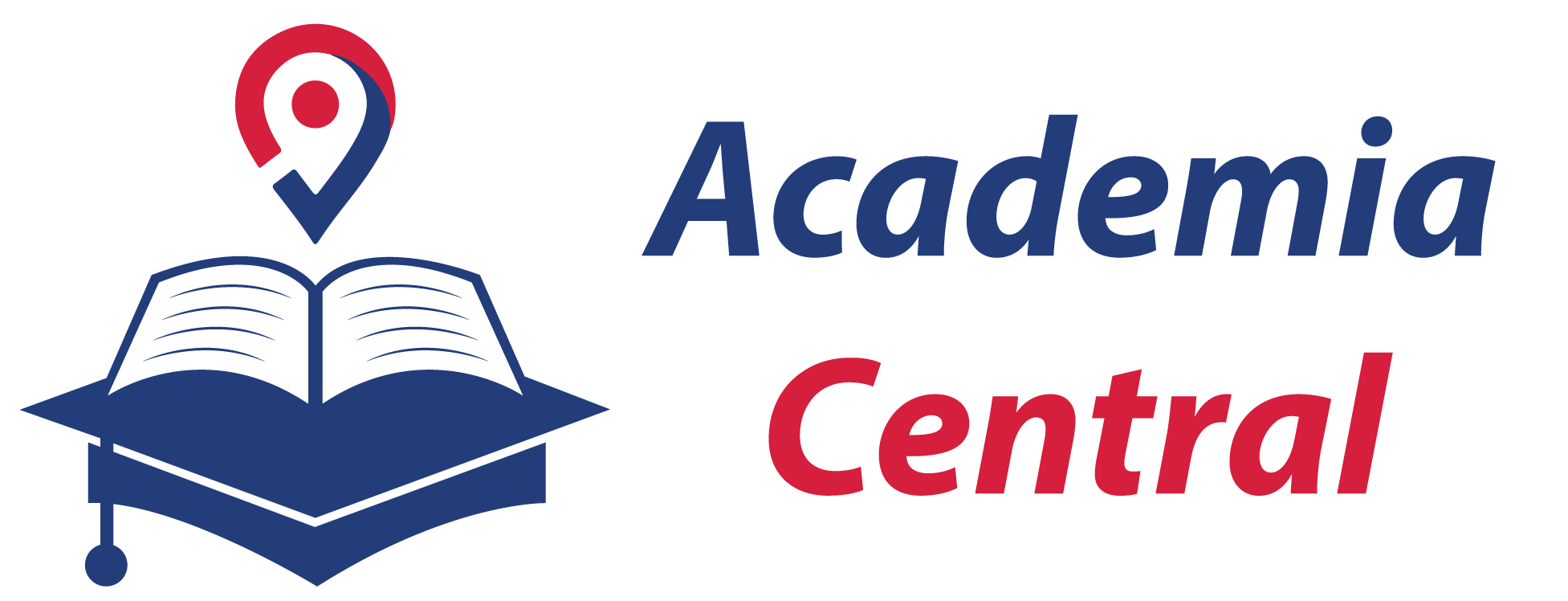
Leadership Development Can Help BIPOC Succeed in Four Ways
After over a decade of corporate investment in diversity, equity and inclusion (DEI), little has actually changed, and the makeup of executive leadership teams remains largely white. I believe it’s time for organizations to translate their awareness of workplace inequality into real policy with quantitative results.
A 2019 study from McKinsey highlighted the stark inequality in company leadership, revealing that white people hold 86% of C-suite executive positions and 65% of entry-level jobs. Meanwhile, BIPOC employees comprise 34% of the entry-level workforce but only 14% of C-suite leadership teams.
In spite of all of the research and advocacy that has been devoted to DEI, occupational divisions along race lines remain firmly entrenched, and BIPOC professionals still face barriers to reaching the top. As organizations transition to a new normal, it’s time to tackle these disparities in the workplace.
The key is to address one of the most common complaints among existing executive teams, which is the difficulty of finding diverse talent to recruit to their ranks. I believe investing in leadership development programs is one of the best ways to give potential leaders the skills they need to succeed as well as help them build relationships with the people who hire for those positions.
Benefits Of Leadership Training For BIPOC Professionals
There’s much more to organizational leadership than attaining a level of competency in a field of work. Leaders often recruit people they’re familiar with into positions of power, contributing to the homogeneity so common at the top.
Leadership development programs create an environment that can bypass the employer-employee divide. What’s more, they’re an effective way to teach the soft skills that help people thrive in positions of authority.
Below are four ways a strong leadership development program can help BIPOC professionals break through workplace barriers:
1. Provide valuable time with current and future leaders.
The saying, “It’s not what you know, it’s who you know,” is more critical to success in business than many people are comfortable admitting. Only 31% of Black workers report having access to their senior leaders, compared to 44% of white workers. Since this limited access correlates to the white homogeneity of leadership, other people of color face a similar obstacle.
Leadership training programs can include both current and future leaders seeking advancement in their profession, placing participants “in the trenches” together to develop new skills. This environment creates the perfect opportunity for BIPOC employees to build relationships and collaborate with people who can promote them in the future.
2. Find mentorship opportunities.
Leadership training programs can also provide opportunities for participants to interface with leaders and professionals outside of their current organization—any of which could turn into long-lasting friendships or mentorships.
These relationships provide ongoing learning opportunities for burgeoning leaders and a sounding board for any challenges they may have moving up the ranks or handling issues. Mentors can also open doors to other opportunities down the road.
3. Learn and practice new relational skills.
It’s easy to get locked into certain communication patterns in our day-to-day lives. An immersive leadership development workshop can get participants out of their comfort zones to practice relating in ways they’re probably not used to.
In this environment, they can practice communicating with authority and confidence and responding in stressful situations. Essentially, they can try on an identity as a leader through new communication styles and become comfortable in these modes of communicating.
4. Acclimate to leadership culture.
The culture in the C-suite is different from the culture around the watercooler. This truth goes beyond day-to-day schedules, language and social norms, and it extends to different values.
BIPOC professionals get a taste of this culture in leadership development programs so they’re not thrown into the deep end when in a new leadership role. This can prevent the well-documented glass cliff phenomenon in which organizations hire BIPOC and female executives when their business is facing difficulty, essentially setting them up to fail.
Leadership training will prepare them to think in terms of resources rather than effort and to develop KPIs of their own output. This type of thinking will help them develop more awareness of potential problems as they assess opportunities.
Helping BIPOC Professionals Break Through
It’s not enough for a company to simply offer leadership development programs to employees—they need to encourage participation and fully invest in positive outcomes. Real change will only come from treating a BIPOC leadership pipeline as an essential infrastructure. That requires action at every level of the organization.
Leaders in every department should work together to identify BIPOC employees who are interested in leadership, as well as those who naturally display leadership acumen. Managers should temporarily adjust work commitments during a training program. They can also incentivize participation by tying advancement opportunities or events directly to the outcome of a leadership development workshop.
BIPOC professionals face many barriers to attaining leadership positions, but it’s not because of a talent shortage—it’s because their opportunities are still limited. Given how needed their perspective is in the business world, the lack of advancement is increasingly detrimental to our economy and society as a whole. Supported leadership development programs have the potential to expedite the shift to a truly inclusive workplace.
